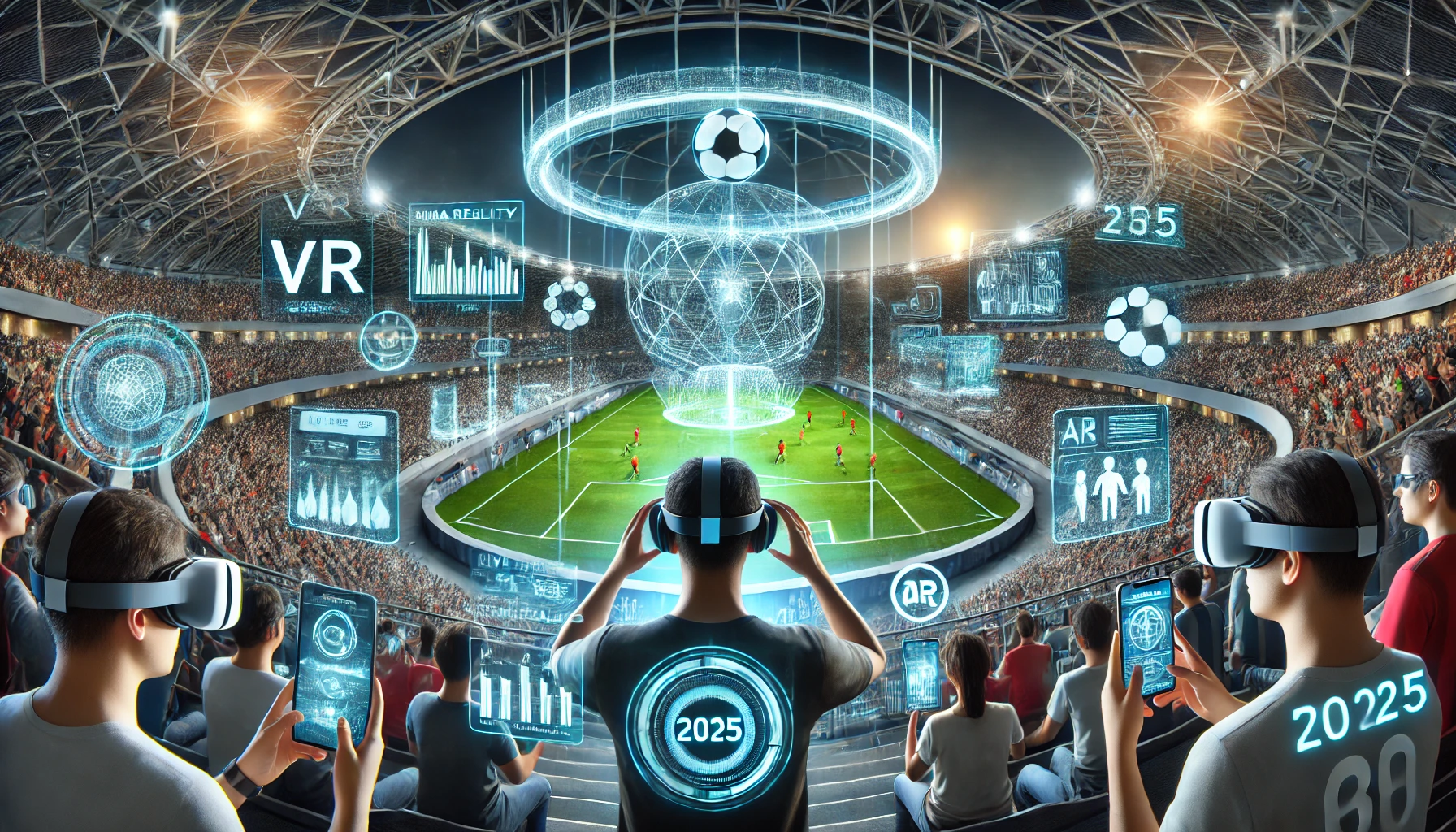Physical Address
304 North Cardinal St.
Dorchester Center, MA 02124
Physical Address
304 North Cardinal St.
Dorchester Center, MA 02124

Discover how virtual reality (VR) and augmented reality (AR) are revolutionizing fan experiences in sports and entertainment. Learn how immersive technology is enhancing live events, virtual fan activations, athlete training, e-sports, and stadium interactions. Explore VR sports streaming, AR-powered stadium experiences, and AI-driven engagement strategies shaping the future of fan interaction.
The way fans engage with sports and entertainment is undergoing a revolutionary transformation. Thanks to virtual reality (VR) and augmented reality (AR), immersive technology is enhancing how spectators interact with their favorite teams, athletes, and live events. From VR training simulations for athletes to AR-powered stadium experiences and virtual fan activations, these innovations are reshaping the fan experience, creating deeper engagement, and bridging the gap between audiences and the action.
In this guide, we will explore how immersive technology is changing the fan experience in 2025, with real-world applications, industry insights, and the future of VR and AR in sports and entertainment.
Immersive technology allows fans to go beyond passive viewing and actively participate in the game-day experience. Through VR and AR, teams, leagues, and event organizers are leveraging digital advancements to bring fans closer to the action, create personalized experiences, and drive brand loyalty.
Key benefits of VR and AR fan experiences include:
VR allows fans to experience 360-degree views of live games, behind-the-scenes access, and fully interactive sports simulations.
Sports leagues and broadcasters are integrating VR into live game broadcasts, allowing fans to experience events as if they were in the stadium.
Event organizers and sponsors are using VR-powered activations to engage fans before, during, and after events.
Professional athletes and coaches are adopting VR training simulations to enhance decision-making, reaction time, and skill development.
While VR transports fans into fully digital environments, AR enhances the real-world experience by overlaying digital content on physical spaces.
Fantasy sports platforms and e-sports tournaments integrate AR for real-time player tracking and enhanced fan engagement.
The future of VR and AR in sports and entertainment is poised to grow exponentially, with new advancements enhancing the fan experience:
As immersive technology continues to evolve, sports leagues, entertainment venues, and teams must adapt to offer fans interactive, engaging, and unforgettable experiences.
Immersive technology, such as VR and AR, enhances fan engagement by providing interactive viewing, virtual activations, and real-time analytics in sports events.
VR is used for live game streaming, fan experiences, training simulations, and virtual stadiums, allowing fans and athletes to engage in new ways.
AR features include instant replays, interactive stadium navigation, gamified fan activations, and live player stats overlays.
The future includes AI-driven personalization, holographic stadium displays, and mixed-reality sports viewing experiences that enhance fan engagement.
The integration of VR and AR in fan experiences is revolutionizing how audiences interact with sports and entertainment. From VR-powered watch parties to AR-enhanced stadium activations, immersive technology is bridging the gap between fans and the action like never before.
As we move further into 2025 and beyond, teams, leagues, and brands that embrace immersive technology will lead the future of fan engagement. Whether you’re attending a game in person or experiencing it through a VR headset, the evolution of virtual and augmented reality in sports and entertainment is just beginning.